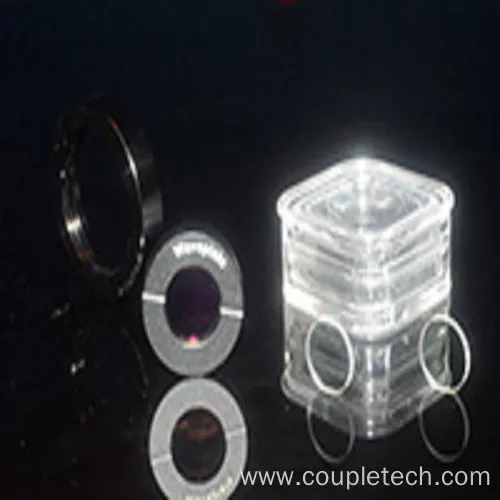Understanding Multiple Order Wave Plates: Enhancing Light Manipulation
2024-10-12
In the realm of optics and photonics, controlling light behavior is crucial for various applications, from telecommunications to advanced imaging systems. One of the key tools in this field is the multiple order wave plate. This innovative optical device plays a significant role in manipulating the phase and polarization of light waves, making it an essential component in modern optical systems. In this blog post, we’ll explore what multiple order wave plates are, their functionality, applications, and why they are vital in the field of optics.
What is a Multiple Order Wave Plate?
A multiple order wave plate is an optical element made from birefringent materials, designed to alter the phase of light waves passing through it. Unlike standard wave plates that typically introduce a fixed phase shift (usually half or a quarter wavelength), multiple order wave plates can produce multiple distinct phase shifts. This capability allows for greater control over light polarization and is essential for advanced optical experiments and applications.
Key Features
1. Birefringent Material: Multiple order wave plates are made from materials that exhibit birefringence, meaning they have different refractive indices for different polarization directions. Common materials include quartz, magnesium fluoride, and various polymers.
2. Phase Shift Control: By adjusting the thickness of the wave plate and the angle of incidence, users can achieve precise control over the phase shift introduced to the light waves. This flexibility is particularly beneficial in complex optical setups.
3. Multi-order Functionality: The ability to create multiple orders of phase shifts makes these wave plates suitable for a wide range of applications, from simple polarization adjustments to complex interferometric measurements.
Applications of Multiple Order Wave Plates
1. Polarization Control: Multiple order wave plates are widely used in systems requiring precise control over light polarization. This is crucial in applications like optical communication, where maintaining signal integrity is essential.
2. Interferometry: In interferometric setups, multiple order wave plates help manipulate the phase of light waves, enabling accurate measurements of small displacements or changes in refractive index.
3. Optical Coherence Tomography (OCT): In medical imaging, these wave plates enhance the performance of OCT systems by improving image quality and depth resolution.
4. Laser Systems: Many laser applications require controlled polarization states for optimal performance. Multiple order wave plates enable fine-tuning of polarization, which is essential for various laser operations.
5. Quantum Optics: In quantum optics experiments, wave plates are crucial for creating specific quantum states of light, enabling advanced research in quantum computing and cryptography.
Advantages of Using Multiple Order Wave Plates
1. Enhanced Flexibility: The ability to introduce multiple orders of phase shifts provides greater flexibility in designing optical systems, allowing for more complex manipulations of light.
2. Improved Precision: By enabling precise control over light polarization and phase, multiple order wave plates enhance the accuracy of measurements in optical experiments.
3. Wide Range of Applications: Their versatility makes them suitable for various fields, from telecommunications to medical imaging, ensuring their relevance across multiple industries.
4. Compact Design: Modern multiple order wave plates can be designed to be compact and lightweight, making them easy to integrate into existing optical setups.
Conclusion
Multiple order wave plates are essential tools in the field of optics, providing unparalleled control over light phase and polarization. Their ability to introduce various phase shifts makes them invaluable in a wide range of applications, from telecommunications to medical imaging. As technology advances and the demand for precise light manipulation continues to grow, the role of multiple order wave plates will undoubtedly expand, offering exciting possibilities in the world of optics and photonics.
Whether you’re a researcher, engineer, or enthusiast in the field of optics, understanding and utilizing multiple order wave plates can enhance your capabilities in light manipulation and experimentation.



